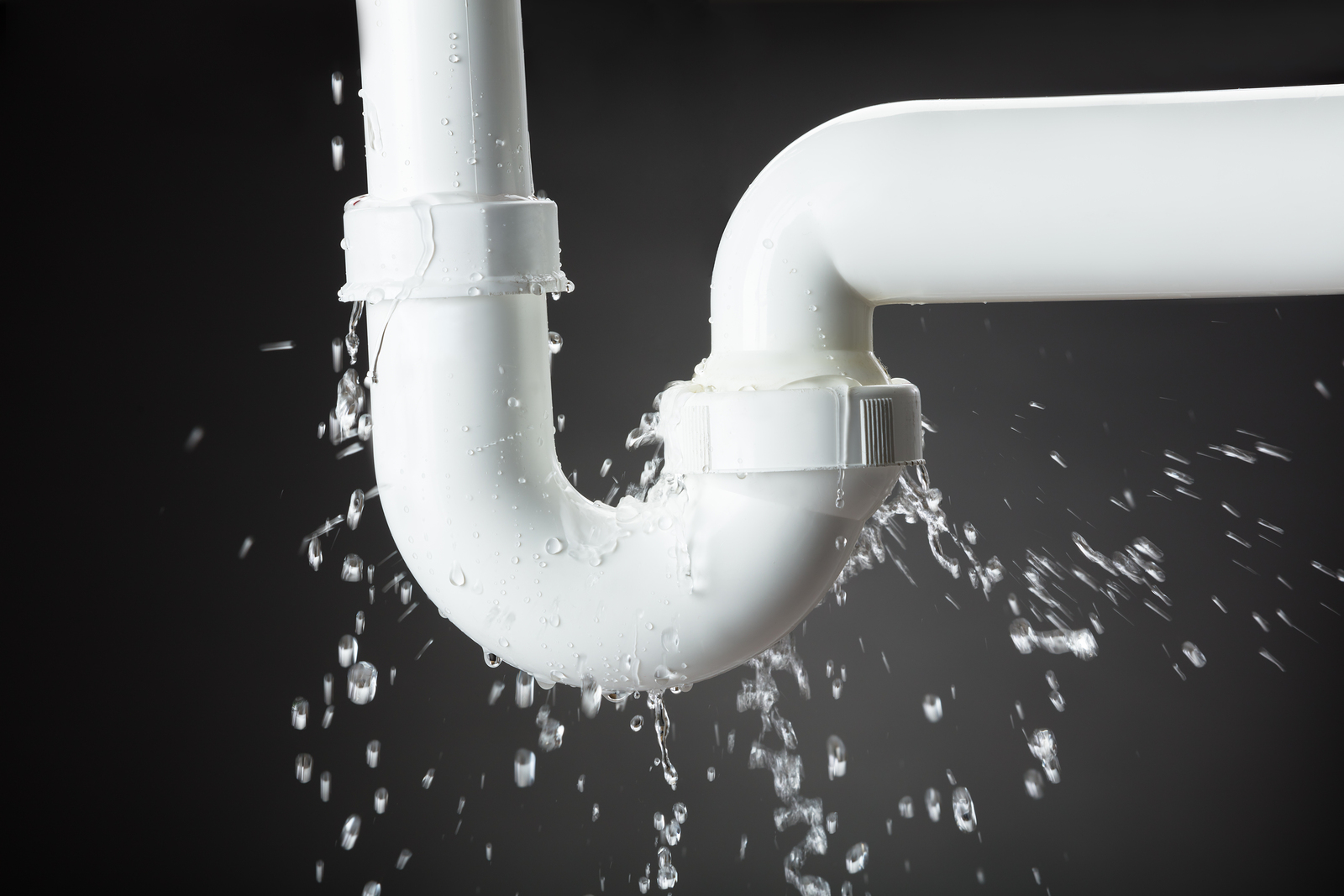How to Handle a Burst Pipe: Essential Steps for Immediate Action
How to Handle a Burst Pipe: Essential Steps for Immediate Action
Blog Article
Preventing Burst Water Lines: Vital Tips to Safeguard Your Pipes
Stopping ruptured pipes is a critical worry for homeowners, specifically throughout chillier months when the danger of freezing is increased. Implementing strategic actions such as proper insulation, routine inspections, and keeping regular indoor temperatures can dramatically minimize the probability of pipeline failing.
Understand Pipeline Vulnerabilities
Understanding pipe vulnerabilities is essential for effective plumbing maintenance and preventing pricey damages. A number of variables add to the vulnerability of pipes to bursts, consisting of product structure, age, and environmental problems. Older pipes, particularly those made from galvanized steel or polybutylene, commonly weaken gradually, causing boosted danger of ruptures and leaks.
Temperature changes can also significantly influence pipe integrity. In colder climates, water entraped in pipes can ice up, increasing and exerting pressure on the pipe walls, which might ultimately result in a burst. High water stress can strain pipes, specifically at bends and joints, enhancing the chance of failure.

Insulate Pipes Effectively
Correct insulation of pipes is vital for preventing freezing and succeeding bursts throughout winter (burst pipe). Insulating your pipes system properly safeguards versus temperature level goes down that can lead to costly damages. Begin by identifying at risk locations where pipes are revealed to outside temperatures, such as basements, attic rooms, and exterior walls
Use foam pipe insulation sleeves or wrap insulation tape around these locations to provide a protective obstacle. Make certain that all areas of the pipes, especially those with restricted warmth direct exposure, get ample insulation. Pay special focus to fittings and joints, as these are much more prone to cold.
When insulating, it's vital to select products that fulfill neighborhood building regulations and are ideal for the details setting. Fiberglass insulation is typically recommended for its thermal resistance residential properties. In addition, consider making use of warm wires or tape in extreme problems, which can be plugged in to provide extra heat
Routinely examine insulated pipelines for any signs of wear or damage, as jeopardized insulation can decrease its efficiency. By taking these aggressive actions, you substantially reduce the risk of pipe ruptureds, making certain a trusted plumbing system throughout the winter months.
Maintain Constant Temperature Level
A stable interior temperature level is important for stopping burst pipes during the freezing months. When temperatures decline, water within pipelines can freeze, developing and increasing pressure that may ultimately create the pipelines to burst.Making use of a programmable thermostat can help take care of interior temperatures successfully, ensuring that areas with pipes remain cozy also when the house is empty.
In enhancement, it is prudent to enable faucets to trickle a little during extreme cold snaps. This small circulation of water can avoid cold by reducing pressure within the pipes. During especially extreme climate occasions, consider temporarily suspending any kind of nighttime setbacks on your thermostat to maintain a constant warm atmosphere. By implementing these methods, homeowners can dramatically minimize the danger of pipe ruptureds and secure their pipes systems against the harsh winter months aspects.
Routinely Inspect Plumbing
Regular examinations of pipes systems are important for protecting against burst pipelines and keeping general home integrity. During these evaluations, it is necessary to examine noticeable pipes for indicators of corrosion, leaks, or use.
Furthermore, inspecting joints and connections is important, as these points are frequently susceptible to leakages. House owners must additionally analyze water pressure levels, as extreme pressure can stress the plumbing system and enhance the risk of pipeline bursts.
Think about scheduling professional pipes evaluations at least yearly, particularly prior to wintertime, to ensure your system is prepared for colder temperature levels. Normal inspections not only help in identifying prompt issues however additionally foster long-lasting upkeep techniques that can boost the lifespan of your pipes system. By being proactive in your technique, you can safeguard your home versus the turbulent and expensive consequences have a peek here of burst look at more info pipelines. Prioritizing plumbing assessments is an investment in your house's health and wellness.
Know Emergency Situation Procedures
Understanding emergency situation treatments is vital for every home owner, especially after conducting regular pipes inspections. Being prepared for a pipes emergency situation can substantially reduce damage and conserve expenses.
Following, keep essential devices helpful. A pipes emergency kit must include a wrench, plunger, and towels, as well as a flashlight and a bucket for little leakages. Furthermore, take into consideration having the contact details for a trusted plumbing professional conveniently available, should the circumstance escalate past your control.
If you discover a leakage or burst pipeline, immediately shut off the water supply and inform your plumbing. In addition, record the damages with photographs for insurance objectives. burst pipe. Understand the indications of potential plumbing concerns, such as uncommon water stress changes or damp places see on walls
Inevitably, aggressive knowledge and quick activity are important in taking care of plumbing emergency situations, ensuring your home remains safeguarded and lessening possible damages.

Final Thought
In conclusion, avoiding burst pipes demands a complex approach that consists of understanding pipe susceptabilities, correct insulation, keeping consistent indoor temperature levels, regular examinations, and knowledge of emergency situation procedures. By carrying out these vital methods, the danger of plumbing failings can be significantly lowered, therefore making certain the longevity and performance of the pipes system. Aggressive steps not just guard versus possible damages yet additionally contribute to total water preservation and the security of building.
In colder environments, water trapped in pipes can ice up, putting in and broadening pressure on the pipeline walls, which may ultimately lead to a ruptured. When temperatures drop, water within pipes can freeze, increasing and developing stress that might ultimately cause the pipelines to burst. By executing these approaches, homeowners can substantially reduce the threat of pipe ruptureds and protect their plumbing systems versus the extreme winter components.

Report this page